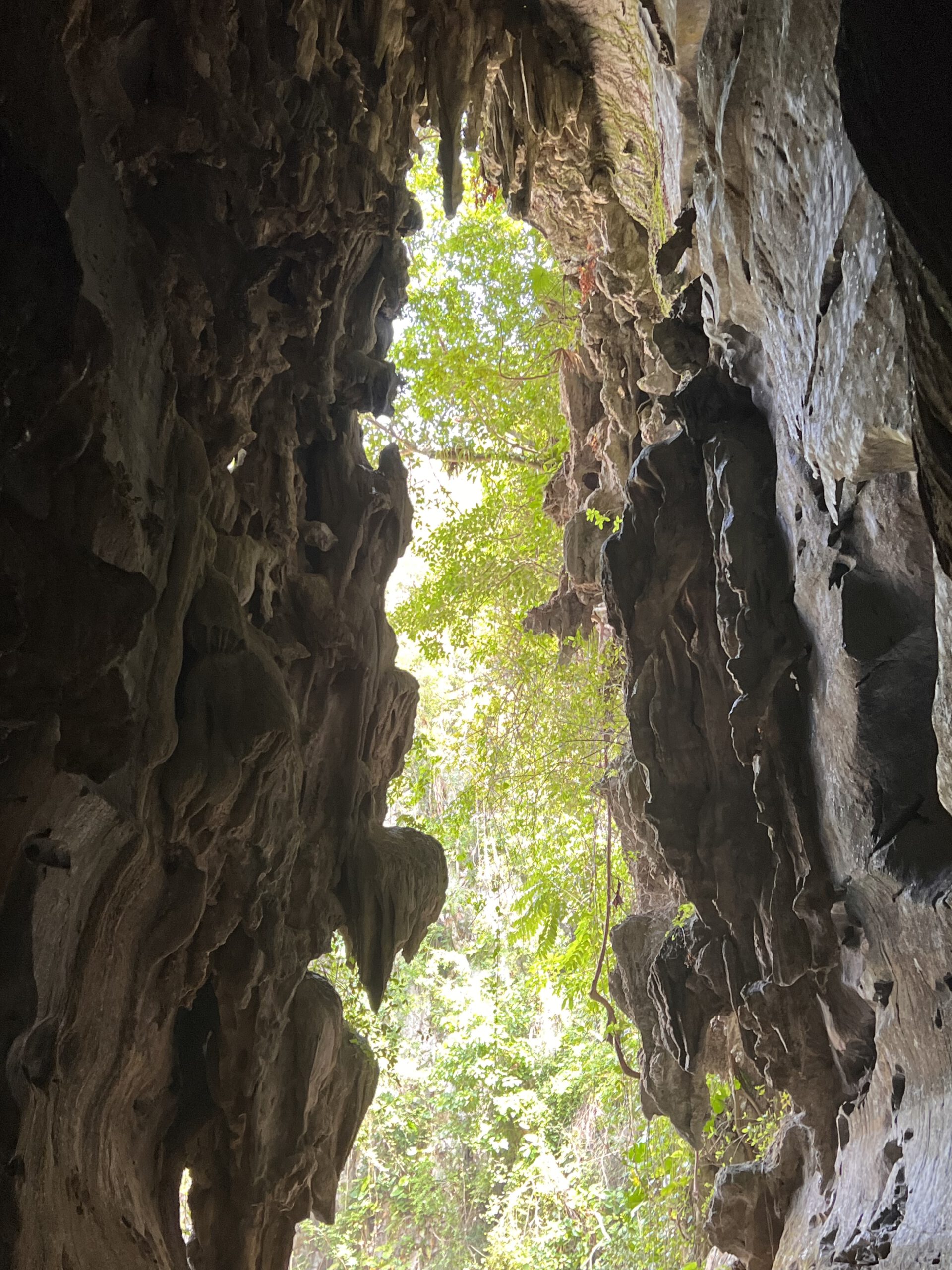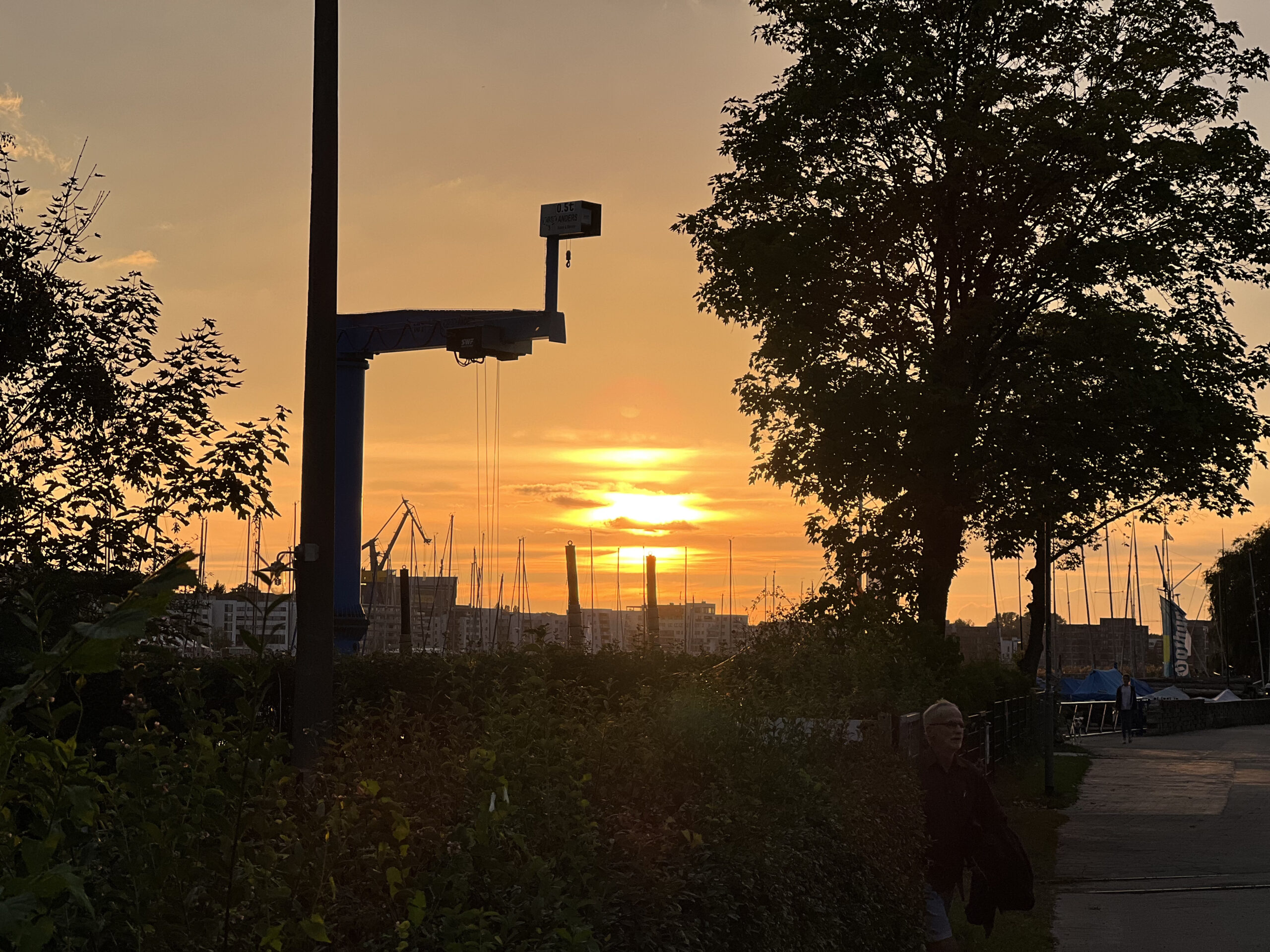Saphenion®: Muscle vein varicosis and intermittent claudication
SaphenionScience: Muscle vein varicosis – is there a risk of arterial blood flow? Because varicose muscle veins are signs of advanced varicose vein disease of the skin veins and the perforator / connecting veins. Important too – muscle veins do not carry venous valves, so they can not defend themselves against the pathologically high pressure of the varicose veins.

